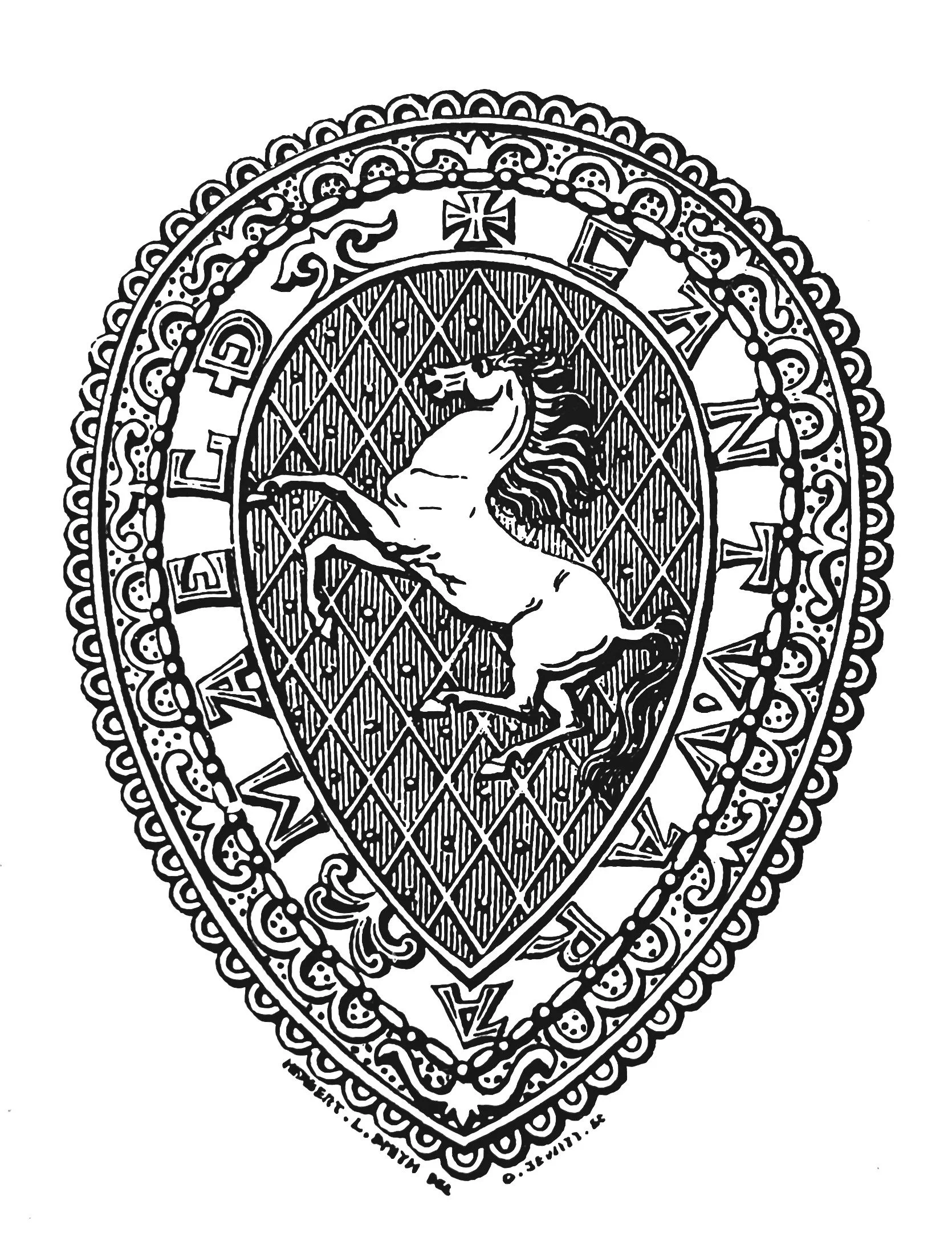
KAS Newsletter, Issue 6, Spring 1984
Re-erecting historic hall-house, Canterbury Cathedral survey, WWII site study, grants, and society updates.
Contributions to the next issue are welcome. See the guidance for contributors and contact Editor Craig Campbell.
Search page
Search within this page here, search the collection page or search the website.
Previous
Previous
The Museum of Kent Life; Preview Opening 1984
Next
Next
Re-erection of the North Cray Hall-house at Singleton
Written By KAS
Featured
KAS Newsletter, Issue 6 (Spring 1984). Maidstone: Kent Archaeological Society.
KAS Newsletter, Issue 6 (Spring 1984). Maidstone: Kent Archaeological Society.
KAS Newsletter, Issue 6 (Spring 1984). Maidstone: Kent Archaeological Society.
KAS Newsletter, Issue 6 (Spring 1984). Maidstone: Kent Archaeological Society.
KAS Newsletter, Issue 6 (Spring 1984). Maidstone: Kent Archaeological Society.







